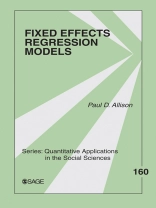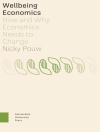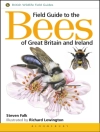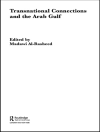This book demonstrates how to estimate and interpret fixed-effects models in a variety of different modeling contexts: linear models, logistic models, Poisson models, Cox regression models, and structural equation models. Both advantages and disadvantages of fixed-effects models will be considered, along with detailed comparisons with random-effects models. Written at a level appropriate for anyone who has taken a year of statistics, the book is appropriate as a supplement for graduate courses in regression or linear regression as well as an aid to researchers who have repeated measures or cross-sectional data.
Содержание
About the Author
Series Editor′s Introduction
1. Introduction
2. Linear Fixed Effects Models: Basics
3. Fixed Effects Logistic Models
4. Fixed Effects Models for Count Data
5. Fixed Effects Models for Events History Data
6. Structural Equation Models With Fixed Effects
Appendix 1
Appendix 2
References
Author Index
Subject Index
Об авторе
Paul D. Allison, Ph.D., is Professor of Sociology at the University of Pennsylvania where he teaches graduate courses in methods and statistics. He is also the founder and president of Statistical Horizons LLC which offers short courses on a wide variety of statistical topics.After completing his doctorate in sociology at the University of Wisconsin, he did postdoctoral study in statistics at the University of Chicago and the University of Pennsylvania. He has published eight books and more than 60 articles on topics that include linear regression, log-linear analysis, logistic regression, structural equation models, inequality measures, missing data, and survival analysis.Much of his early research focused on career patterns of academic scientists. At present, his principal research is on methods for analyzing longitudinal data, especially those for determining the causes and consequences of events, and on methods for handling missing data.A former Guggenheim Fellow, Allison received the 2001 Lazarsfeld Award for distinguished contributions to sociological methodology. In 2010 he was named a Fellow of the American Statistical Association. He is also a two-time winner of the American Statistical Association’s award for “Excellence in Continuing Education.”












